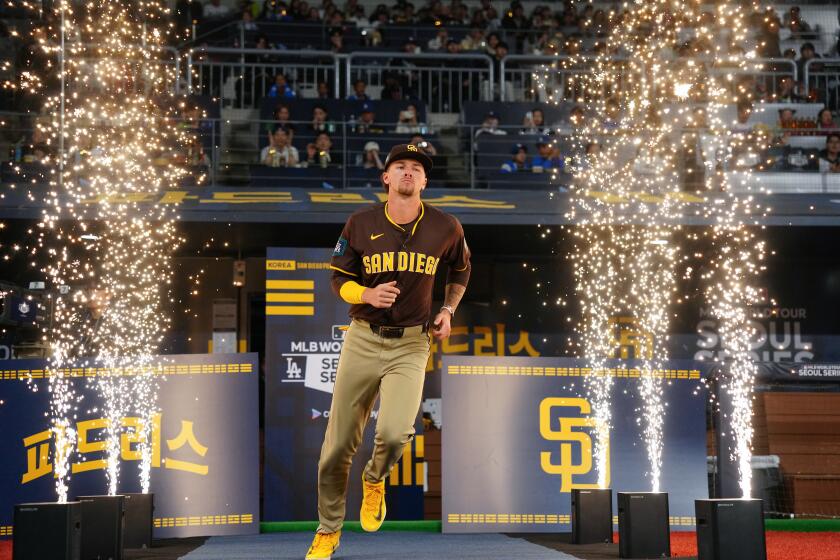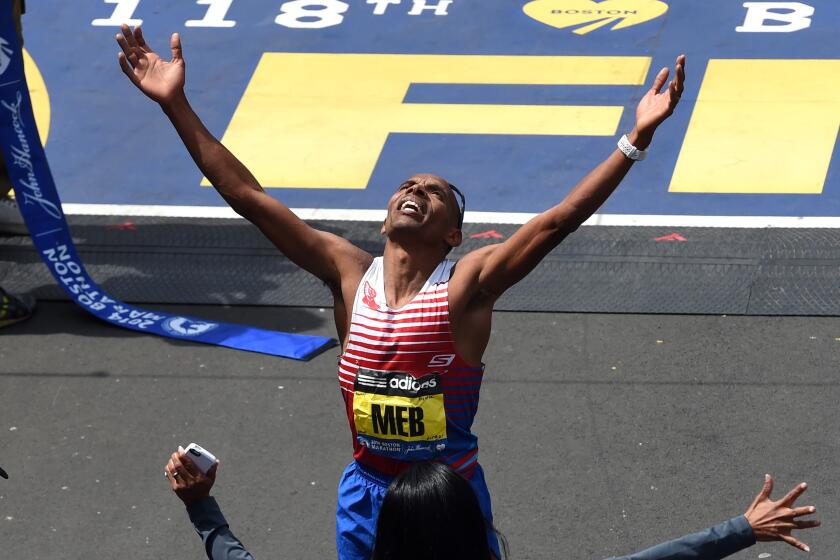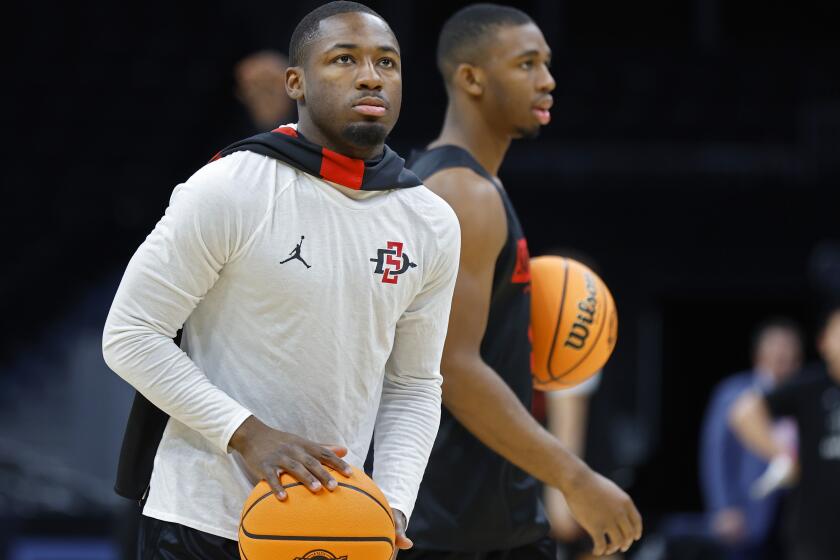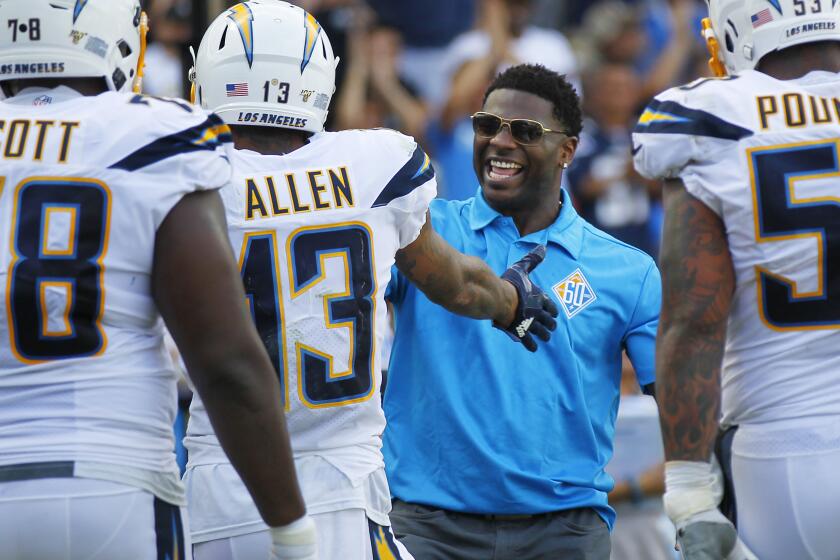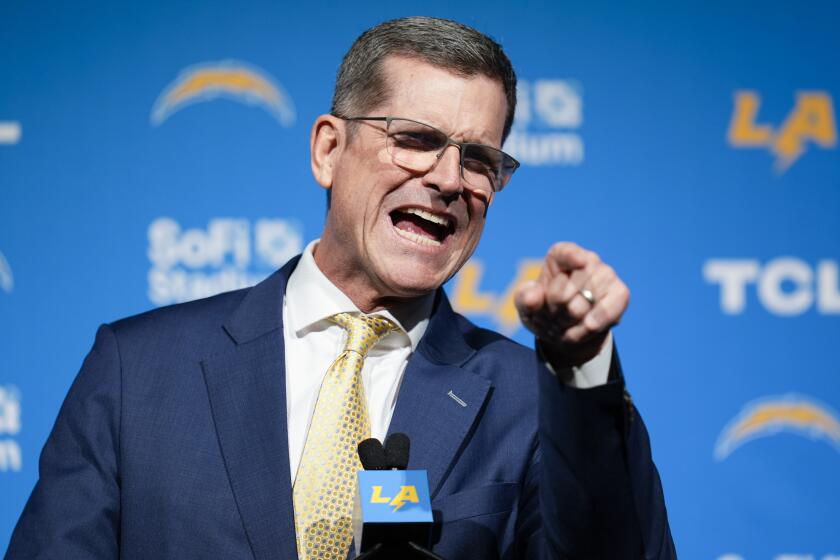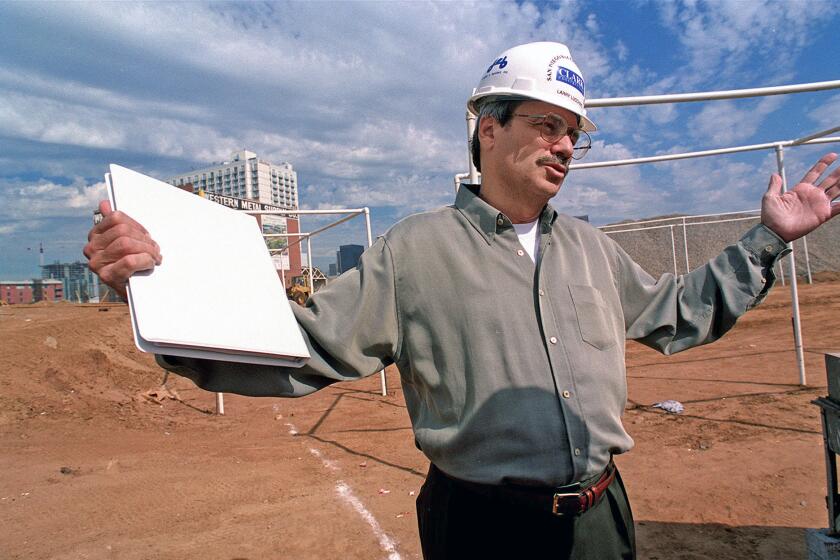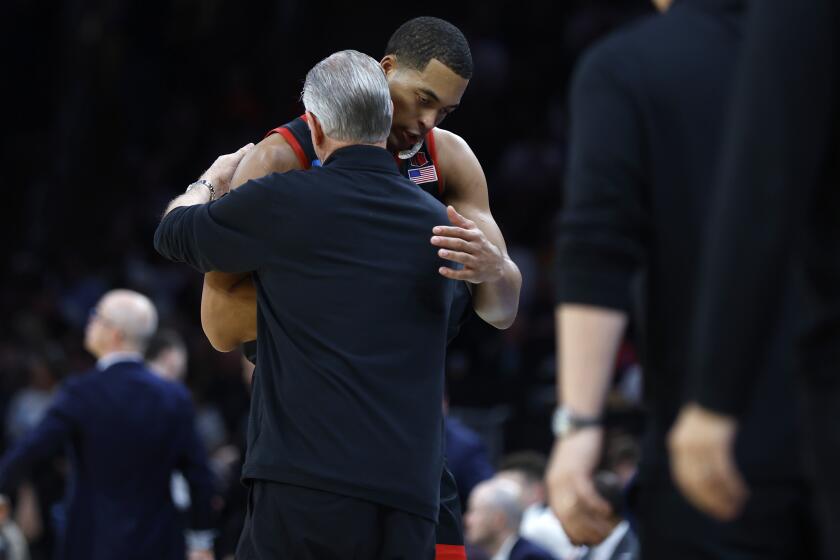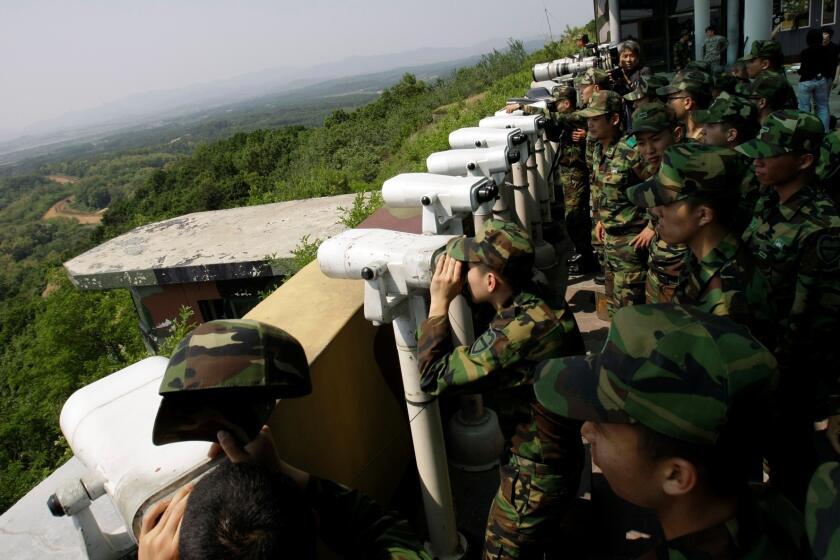Column: TV sponge Steve Lavin brings scores of ideas to coaching return at USD
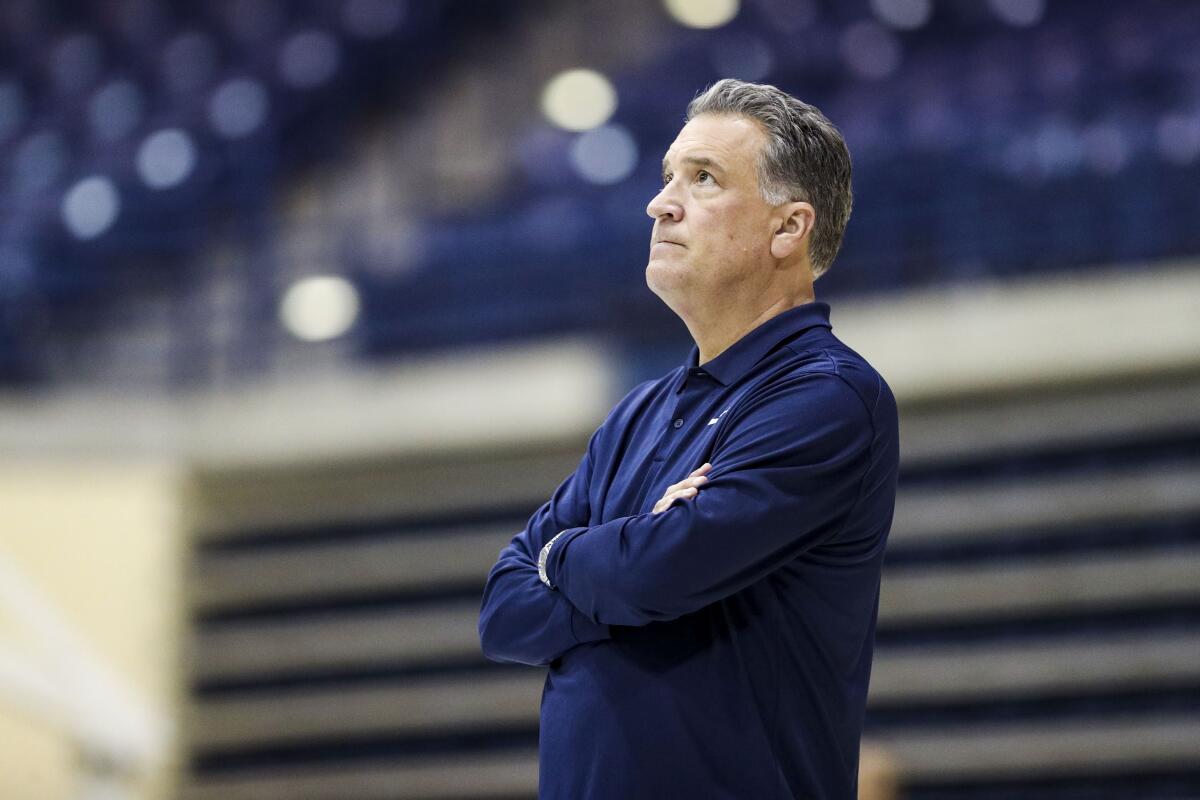
His time leading UCLA, St. John’s added another layer of learning with access to college basketball’s sharpest minds
It would be easy to assume Steve Lavin’s seven years away from a college basketball sideline caused his college basketball coaching ax to lose its sharpened edge, decision-making muscle memory to fade and instincts honed nightly to dull.
As the new University of San Diego coach transitions from TV analyst to CEO of the reshaping Toreros, it seems just the opposite.
All the time spent with all those other coaches around whiteboards, film sessions and walk-throughs became a closed classroom with access to the best minds guiding the game.
When the Toreros, his Toreros, open the season at 7:30 p.m. Monday against Sonoma State at Jenny Craig Pavilion, the toolbox bulges.
“As a broadcaster, you widen the lens and your learning curve accelerates,” Lavin said. “You learn different styles. You learn different approaches. You see things in different ways. You really have to dive in. As an analyst, you have to be able to break down, articulate and tele-strate what’s happening in real time.”
The 58-year-old has led Power 5 programs UCLA and St. John’s with a pair of TV gigs sandwiched in between. Some might wonder if diving back in after a prolonged sideline absence would require too much rust removal.
Lavin files the time away under benefit rather than any possible detriment.
“When you’re broadcasting, you’re fully immersed in the sport,” he said. “You’re covering teams coast to coast. The perspective is different, because you’re not as myopic, where you’re only focused on your program, recruiting, player development, upcoming opponents, fundraising and all those other things.”
A misstep or three could come early after stepping away from the annual rhythms of running a program over time. The Toreros, though, live in a big-picture world where a patient build was entrusted to a big name.
It’s not about panicking because of a stumble in November. It’s about bear-hugging the heavy lifting and broad thinking required for all those Marches to come. Why not become Saint Mary’s? Why not channel their inner Dayton? Is the only bottled lightning in Spokane, Wash.?
The breadcrumbs that could lead to places like those came out of so many gyms in so many places.
Lavin dissected the art of mid-lane jump stops and back-down dribbles that set up passing lanes like the spokes of a wheel while bending the ear of Villanova’s Jay Wright. He mined the confident calmness of late Arizona mastermind Lute Olson. He paid attention to the precision of Tom Izzo’s teams at Michigan State.
“Izzo’s teams, even during pregame, the shoes are squeaking, the communication, the talking, it’s like a Normandy invasion type of coordination in terms of groups moving and working on concert,” Lavin said.
“Lute would come into the gym like Cary Grant with this kind of tranquil, serene, peaceful thing. That was his gift, being true to yourself. They’re both incredible hall of fame coaches, but did it so differently.”
The onetime assistant to legendary Purdue leader Gene Keady absorbed as much as he could when he swapped a clipboard for a microphone.
“I don’t know of any cons,” Keady said of returning from the world of TV. “I know the pros are, he can impress you with his knowledge of the game. He’s picked a lot of brains for ideas.”
Everyone offers something. He’s been a wall fly observing Coach K at Duke, Bob Huggins, Ed Cooley, Kevin Willard, Greg McDermott and so many more.
Lavin talks about seeing four ways to guard an on-ball screen, based on the personnel on the floor. He can wax poetically about the ebbs and flows of transition basketball.
So much to discover and unlock.
“Think all of the different philosophies you’re exposed to,” said Bernie Bickerstaff, a former Toreros star and coach who coached NBA teams from Seattle to Washington, D.C. “Doing all those games, there’s two coaches in each game and they can be completely different in terms of Xs and Os and approach.
“When you’re in broadcasting, you have to do your homework on players.”
Lavin learned to appreciate coming at the game from a wholly different perspective.
“It’s more objective lens you’re looking through,” he said. “You don’t have a horse in the race or an ax to grind. You’re coming at it in a more neutral way.”
When Lavin accepted the job in April, all that cross-pollination began to flower. He sifted through ideas related to the Toreros, including a campus-based leadership program.
Bring the big names to San Diego. Fuel the same type of conversations he experienced in those gyms.
“It could be a curriculum,” Lavin said. “Maybe it’s an institute of coaching that begins here. That’s something that could help our liftoff. We need to think creatively, where we are. That’s where people like Gonzaga and St. Mary’s have a head start on us.”
You see the wheels turning. And in some ways, like never before.
It’s time to coach again.
Sign up for U-T Sports daily newsletter
The latest Padres, Chargers and Aztecs headlines along with the other top San Diego sports stories every morning.
You may occasionally receive promotional content from the San Diego Union-Tribune.

